Electroplated Grinding Wheels also called plated grinding wheels, which are a convenient abrasive choice for precision grinding as they have an exceptional ability to cut freely and rapidly without generating excessive heat. Electroplated grinding wheels are designed primarily for grinding ferrous and non-ferrous materials such as carbon steels, ferrites, tungsten carbide, ceramic, aluminum oxide, aluminum, grey and ductile iron, and aerospace materials.
These wheels are coated with super-hard abrasives like Diamond or CBN (cubic boron nitride) which makes them ideal for effective material removal in cutting, grinding, and polishing tasks. When it comes to specialty applications like making aerospace components and such others, then electroplated CBN grinding wheels are considered the best choice.


Features of Diamond/CBN Electroplated Grinding Wheel:
- Less heat generation leads to better grinding efficiency
- Reduced risk of cracks or burns on the workpiece’s surface
- Good brittleness
- Better toughness
- Excellent shape-holding characteristics
- No truing or dressing is necessary
- High precision cutting
- High stock removal rates
- Longer life span
- Worn wheels are replaced with new CBN or Diamond grit in a continuous repeating cycle. Wheel bodies can generally be reused several times. As such, the tools are ideally suited to high production.
- Electroplating is the only method for the high precision request rolling wheel
Detailed Description of Electroplated Grinding Wheels:
Diamond and CBN grinding wheels are classified into metal bond, electroplated bond, resin bond, vitrified bond, and brazed bond. The bond has a significant impact on how the wheel can perform. The bond breaks down to regenerate new cutting edges when the abrasive wears and dulls throughout the grinding process. Electroplated wheels use a single layer of abrasive adhered by a thin layer of nickel. This type of bond rapidly sheds hard material without needing to be re-dressed.
1. Working Principle
Electroplating is a kind of electrolytic chemistry. It employs an electro-imprinted anode technique to degrade chemical components into an anion and a cation. Ions are attached to some products by the action of electricity, forming a new layer of substance. This process is used within a grinding wheel. The initial grinding wheel is mostly made of a metal alloy. Sintering is used to create the grinding wheel. The metal is easily accessible, making it ideal for the fabrication of this principle, and the plating procedure has evolved into a grinding wheel.
The main idea is that the grinding wheel is electroplated on the metal alloy substrate using the shop street principle, and the grinding wheel generated by the electroplating process has high production efficiency and low cost. The diamond or CBN grains are electroplated onto the surface of a finely machined base, such as steel. Because the abrasive grains that are electroplated follow the geometry of the base metal, this process makes it simple to fabricate tools with complex shapes.
2. Types of Electroplated Grinding Wheels
- Diamond Electroplated Grinding Wheels
Diamonds, the hardest known substance to man, have also been adopted as the greatest abrasive for material removal operations such as cutting, grinding, and polishing. As a result, diamonds are the desired alternative for manufacturing cutting tools, which are now available in a variety of sizes to meet the many niches and applications in them. While most tools use resin bonded or sintering metallurgical procedures to create the abrasive surface, electroplated diamond tools offer a distinct benefit that becomes critical when working in high precision applications.
The binding material stays below the tips of the diamonds that protrude from the base matrix in diamond electroplated tools. Because the diamonds cut through the material more easily in this configuration, the material removal is more effective. As a direct result of this design, there is less heat generation, which increases the tool’s efficiency dramatically. The wear characteristic of the diamond surface is minimized, as is the degeneration of the diamond surface.
Advantages:
- Unlike resin bond or metal bond diamond products, which have diamond particles cached in bond and held together by embedded resin or metal binder, electroplating allows diamond fragments to protrude outside the bond matrix. This gives electroplated diamond tools the extraordinary ability to cut freely and quickly without producing excessive heat. Less heat generation results in improved grinding efficiency, a lower chance of fractures or burns on the workpiece’s surface, and a considerable reduction in equipment energy usage.
- The mono-layer wheel structure requires no truing or dressing throughout its life, thereby eliminating truing tool cost as well as non-productive wheel truing time.
- CBN Electroplated Grinding Wheels
Diamonds are substituted in CBN-plated wheels with cubic boron nitride, a compound with a hardness second only to diamonds. CBN offers roughly five times the abrasion resistance of standard abrasives Electroplated CBN tools additionally offer unique advantages not seen in other electroplated tools.
Advantages:
- Thermal conductivity and chemical resistance are exceptional.
- Surface integrity is improved while grinding hardened cobalt-based superalloys, as well as nickel and hardened alloy steels.
- Saves money on post-heat-treat grinding operations.
- Produces polished surface finishes by offering users tight dimensional control of tools.
- There is no bit-dulling grit produced.
3. Abrasive grit size
Abrasive wheels are offered in a wide range of grit sizes. This can range from 30 microns to 25 grit on an electroplated wheel. The grit size, like those of other abrasive materials, influences the ultimate polish. As a result, many applications will almost probably necessitate progressing through the grades to get the required finish.
4. Applications of Electroplated Grinding Wheels
- Profiles with tiny and difficult dimensions are manufactured.
- Requirement of the highly precise profile of the grinding wheel
- Inability to dress the wheel during grinding
- A longer total lifetime of the tool is required (incl. renovations)
Ground materials by Diamond Electroplated Grinding Wheels:
- Carbide (grinding green and sintered tungsten carbide)
- Ceramic (grinding ceramics like SIC, AJO, ZrO, etc)
- Automotive (brake liners and cutting re-enforced rubber moldings)
- Pharmaceutical (grinding factitious knee joint)
- Dental (profiling rubber bonded grinding pins)
- Ferrite (grinding magnetic parts)
- Chemical (grinding laboratory glass)
- Graphite (grinding graphite parts)
- Glass (grinding tubes, automotive components)
- Fiberglass, Plastics, Electronic components, etc
Ground materials by CBN Electroplated Grinding Wheels:
- High-speed tool steels
- Die steel
- Hardened carbon steels
- Hardened stainless steels
- Alloy steels, Titanium Alloy
- Aerospace alloys
- Abrasion-resistant ferrous materials, etc
5. Application Industries of Diamond/CBN Electroplated Grinding Wheels
- Automotive: Gear shaft grinding, camshaft grinding, crankshaft grinding
- Aeronautics and Space: Machining of composite parts for aircraft engines
- Mechanics: Grinding cast, composite, fiber
- Glass: Edge grinding mounted on the bilateral machine
- Ceramic and ferrite: Brake pad machining
- Stone and Construction: Form wheel for stone fireplaces
Summary:
To summarize, electroplated grinding wheels are single-layered wheels in which the abrasive is held together by a thin layer of nickel that is controlled during the plating process. The key benefit is for applications that require a high removal rate for hard materials and products that require critical form without the need to re-dress. The major advantage is the ability to strip and re-plate with a saving of up to 30% compared to ordering a new electroplated wheel and reducing turn-around time.
Contrary to the sintered grinding wheels, electroplated grinding wheels can have core bodies in a huge variety of shapes. Therefore, electroplated wheels are an ideal fit for grinding special profiles in workpieces. Another advantage is that a higher speed of grinding can be employed at a minimal production of heat. Last, but not least, electroplated grinding wheels can be stripped of the diamond / CBN layer and replated. This represents a significant economical advantage.
More customized grinding wheels are available, contact us.
[wpforms id=”4612″]
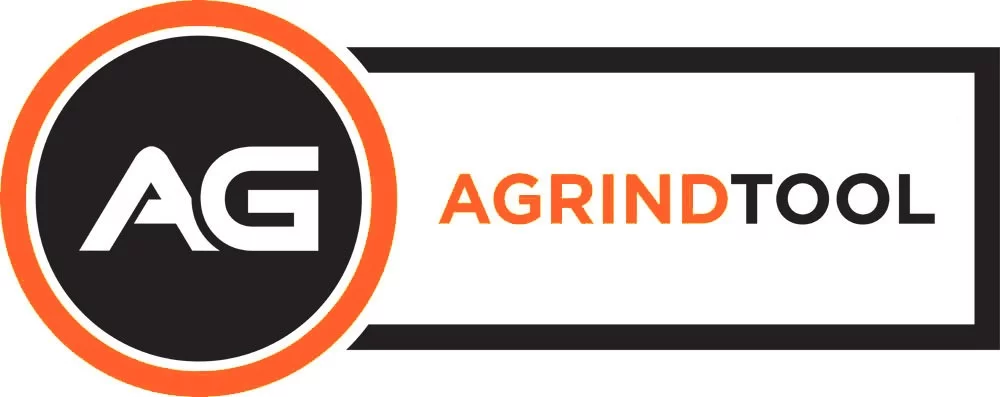
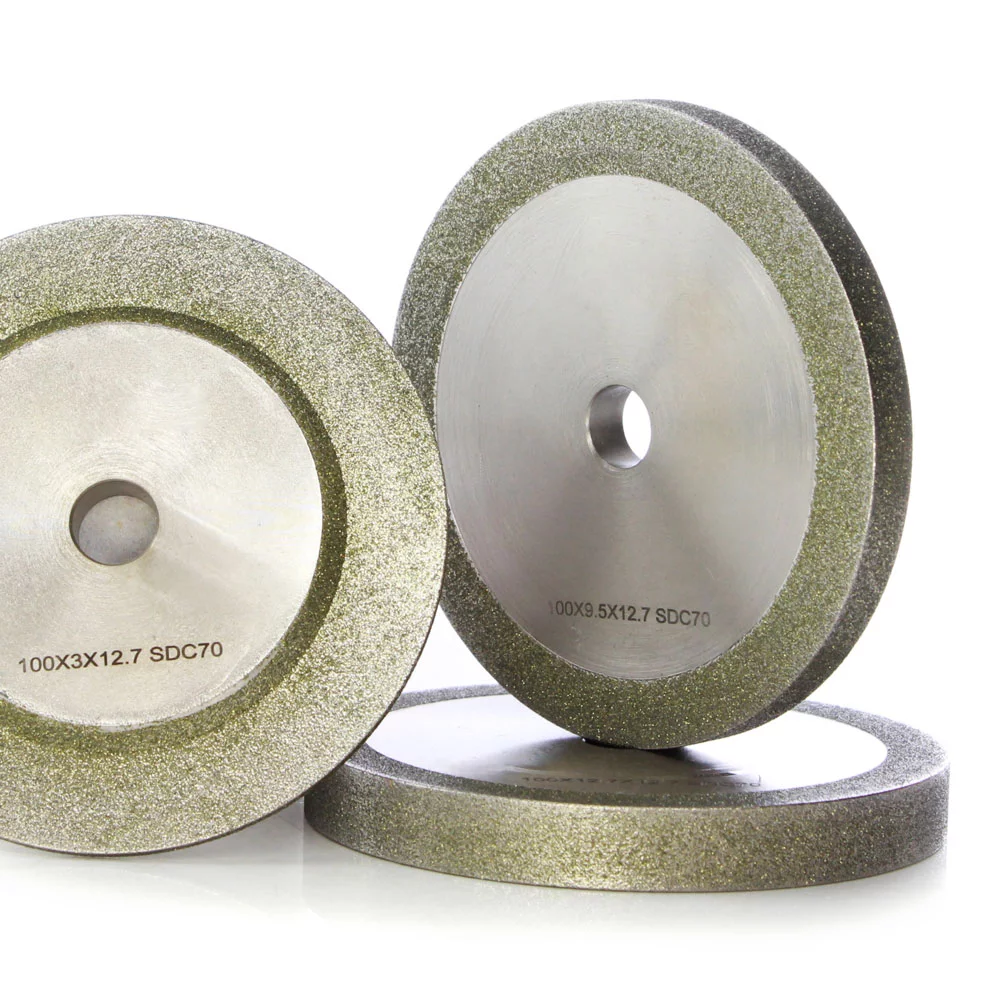
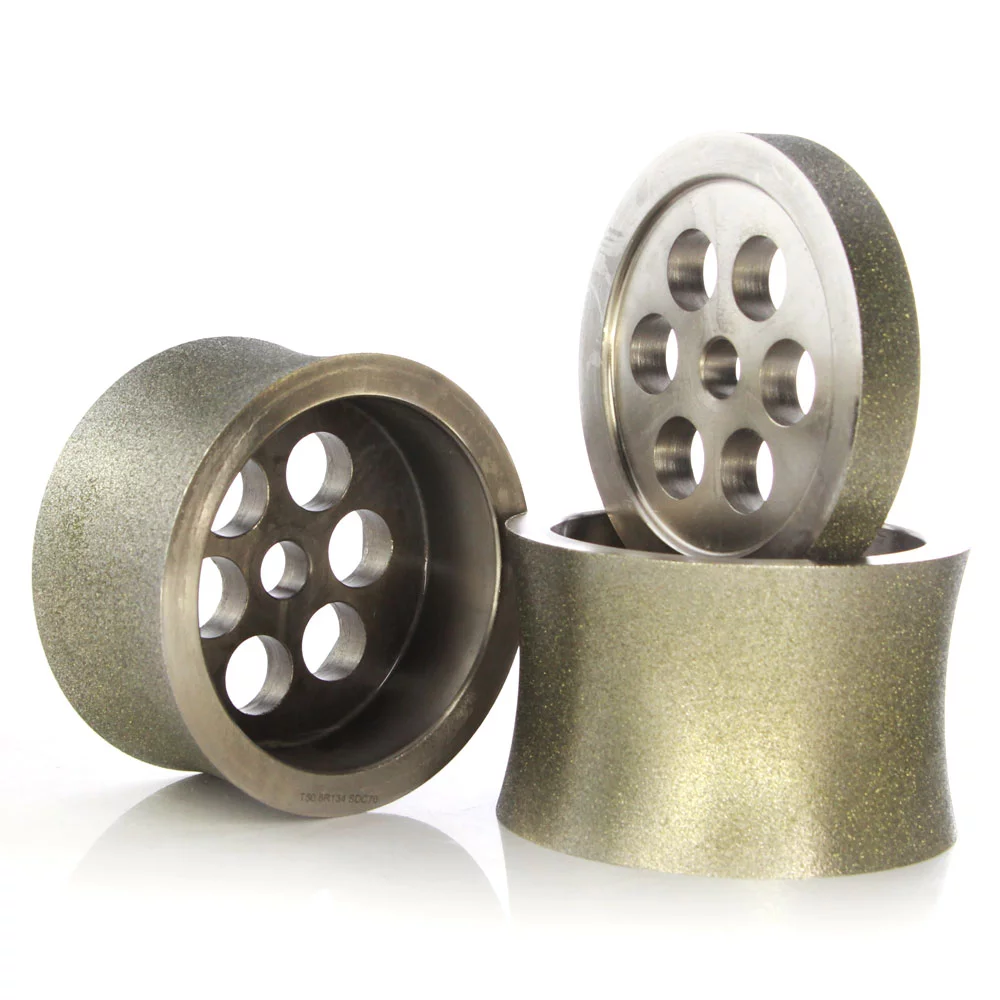

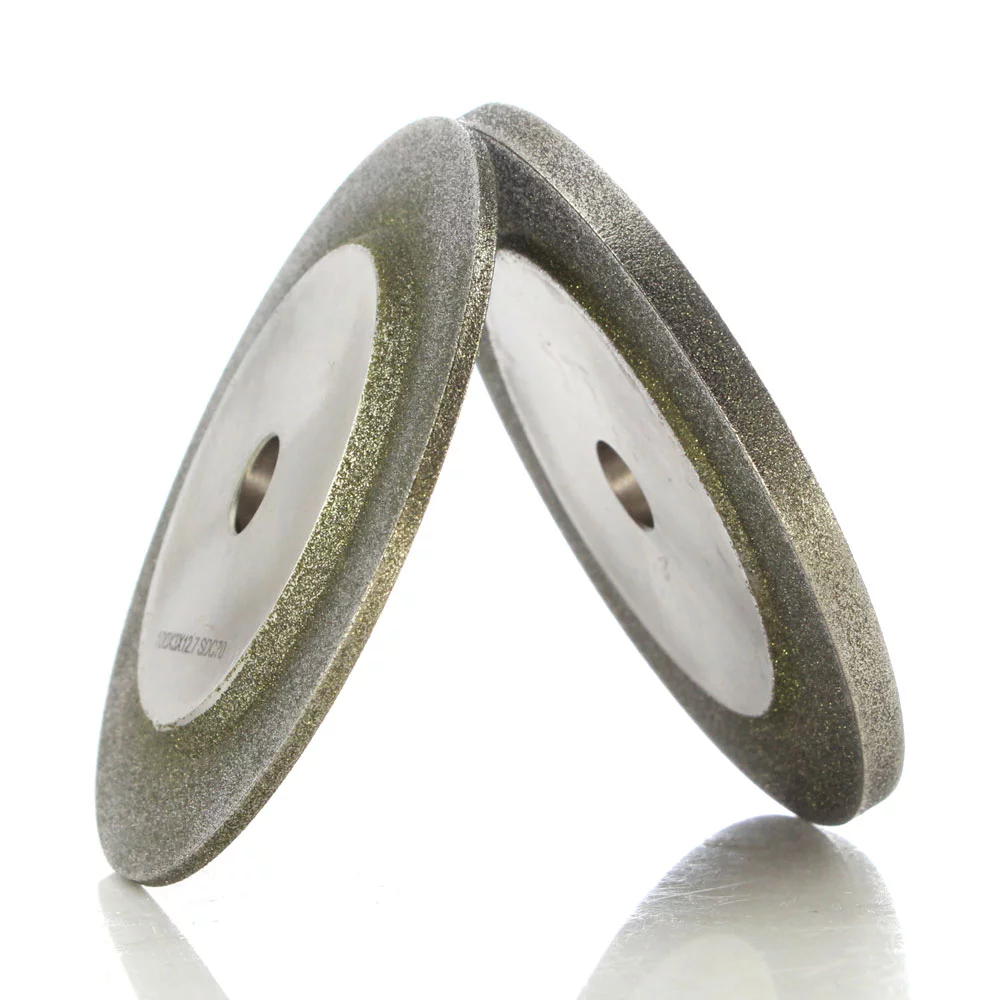
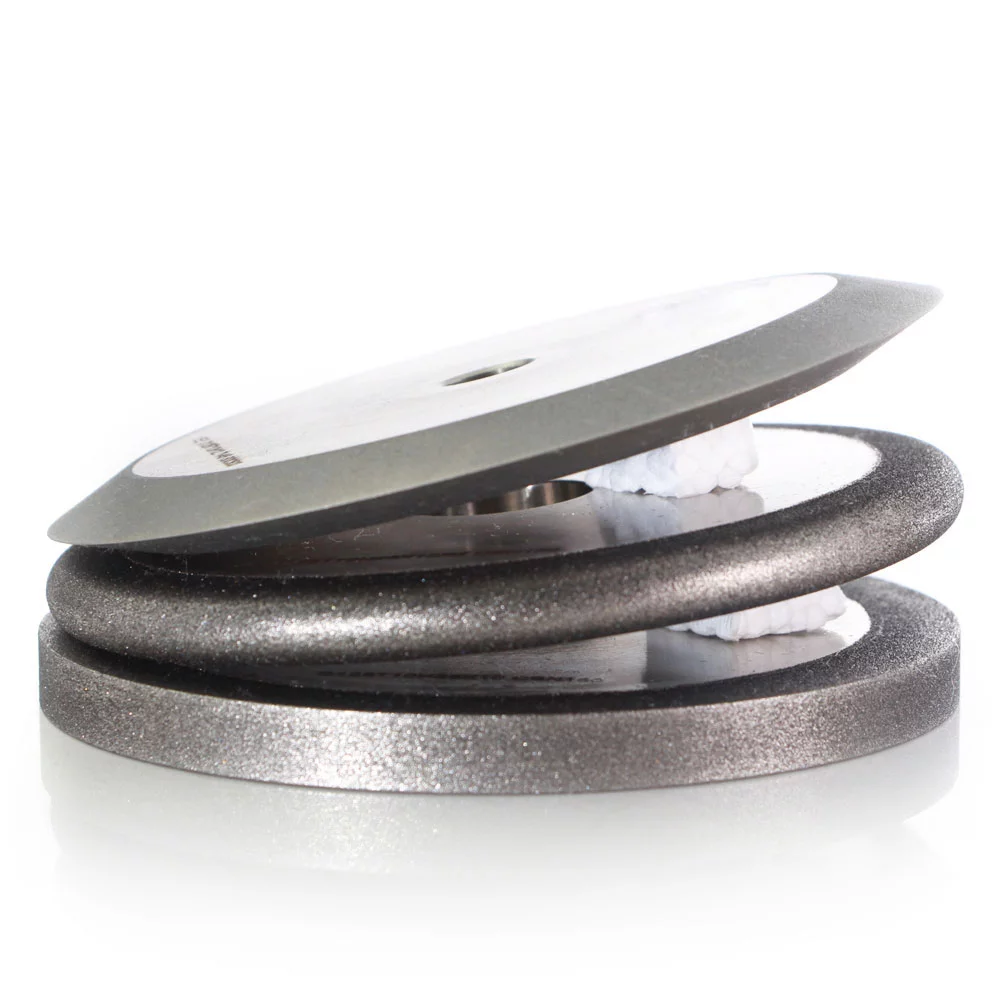

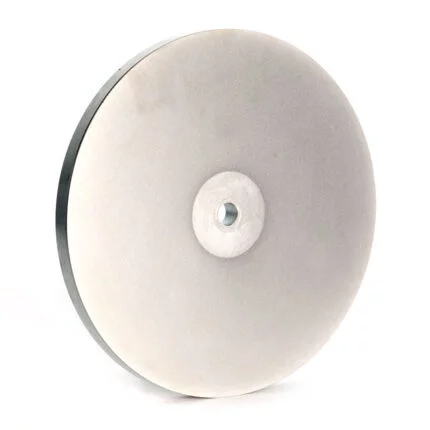
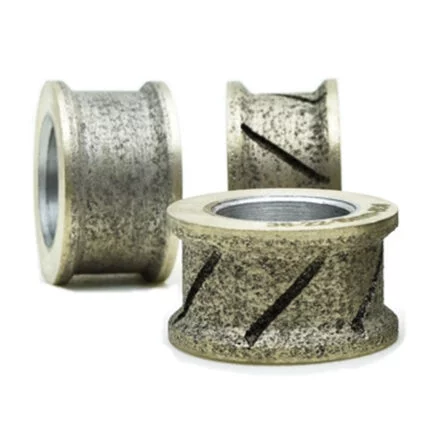



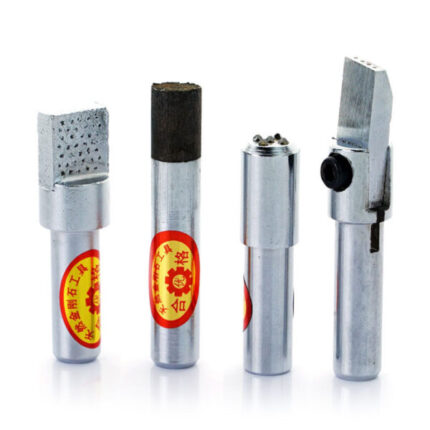
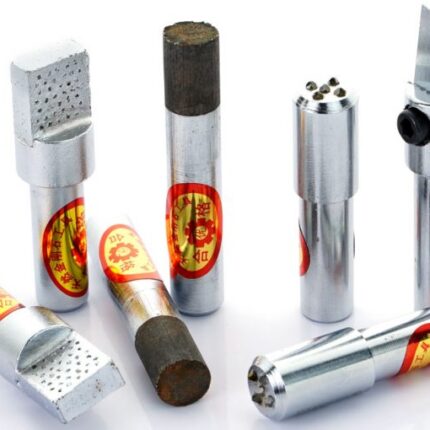

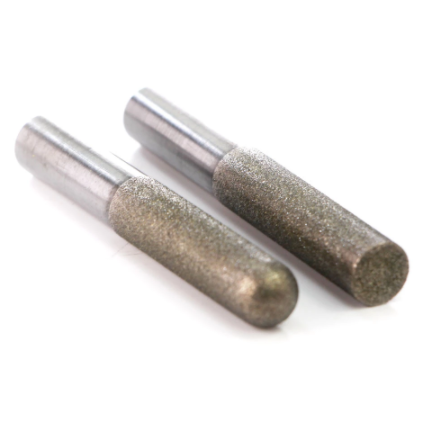


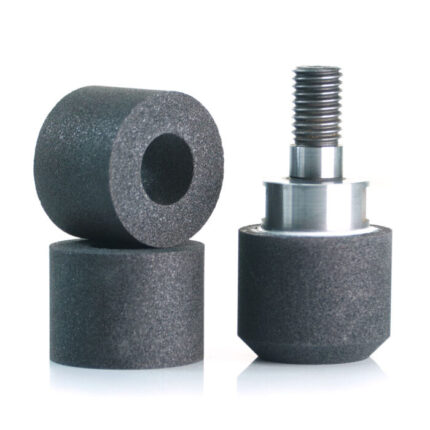

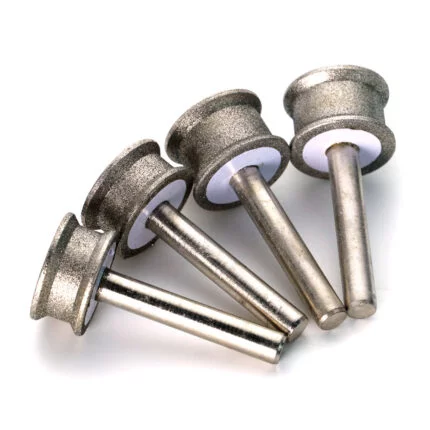
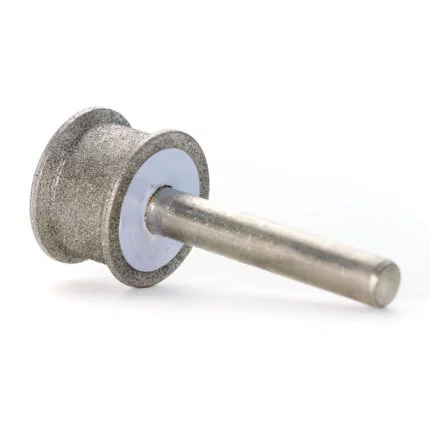

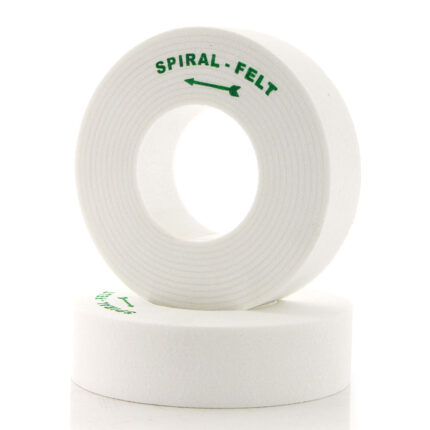
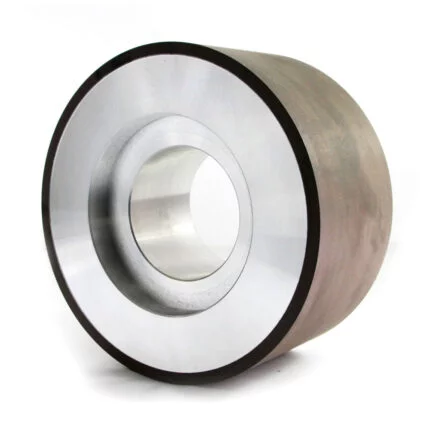
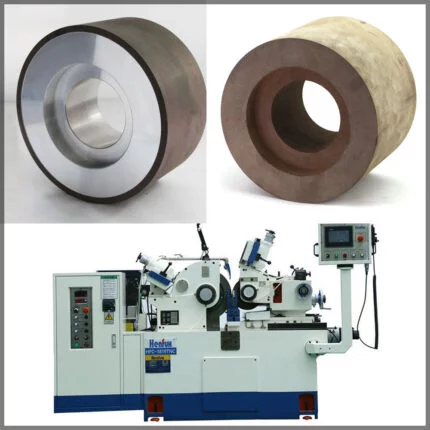
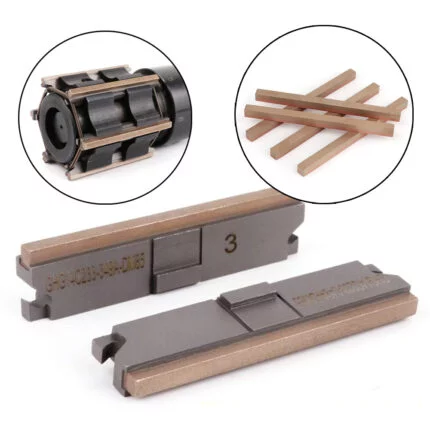
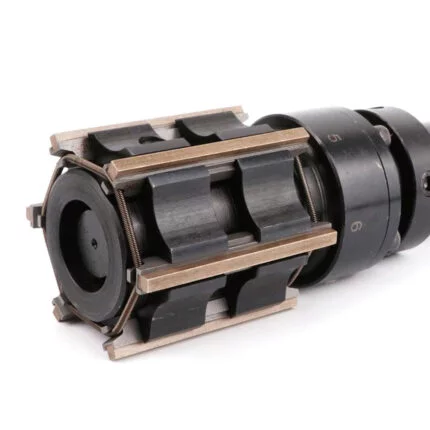

Reviews
There are no reviews yet.